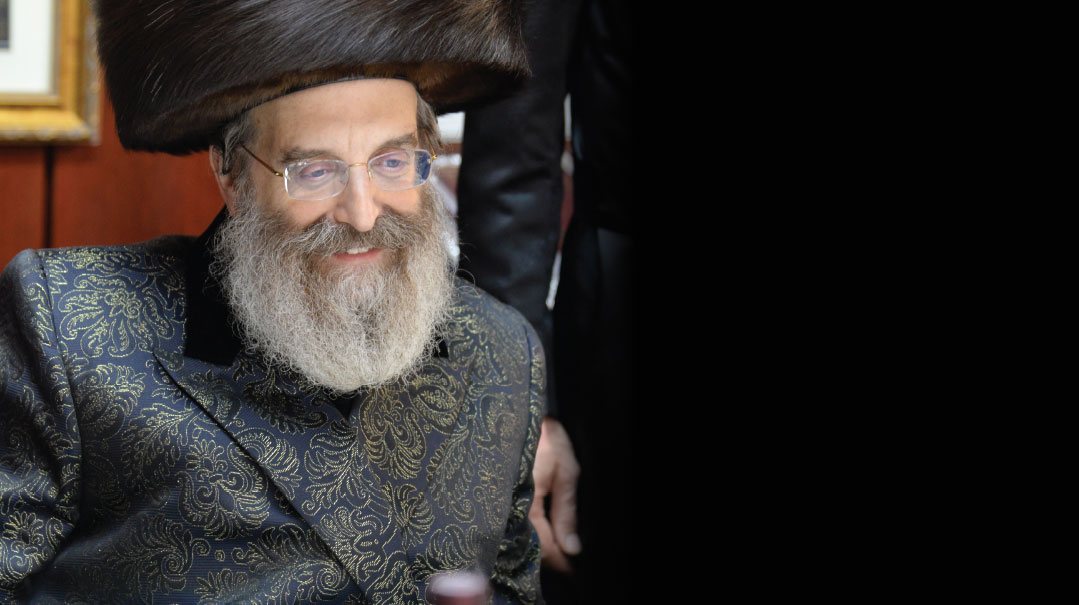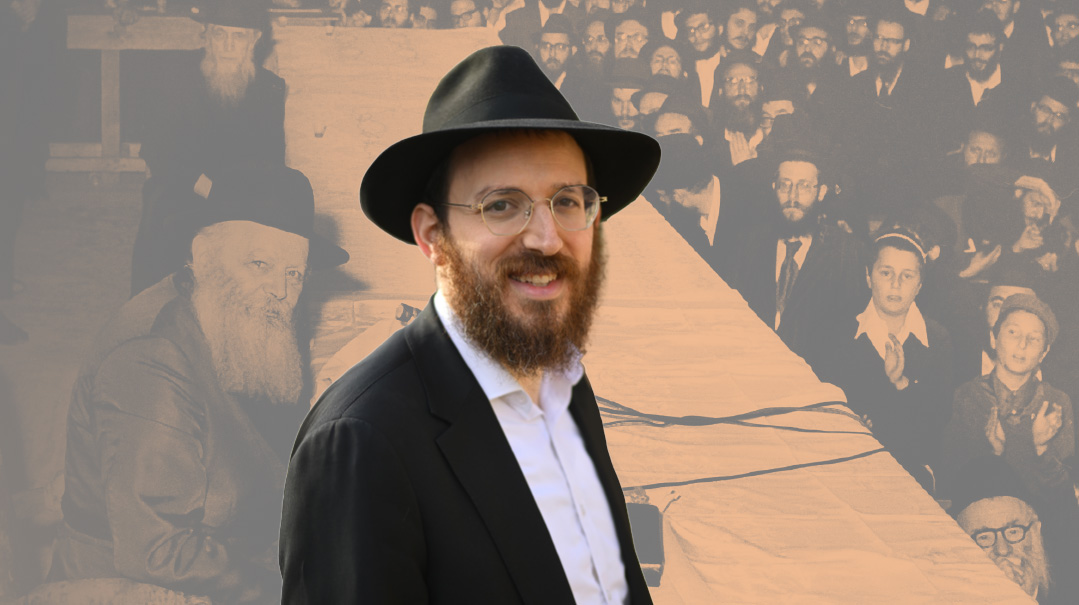Enduring Testimony

Seven blessed years: mourning the Rebbe of Sadigura, Rav Yisroel Moshe Friedman ztz”l

Photos: Shuki Lehrer, Mishpacha archives
Seven years.
That’s all it’s been, but they were “seven years of plenty,” years of spiritual abundance and bounty. Years in which a vibrant, passionate, learned rebbe led and breathed new life into a chassidic court that dates back to the earliest tzaddikim.
Reb Avraham Yaakov Zilbershlag, a maggid shiur in the Sadigur beis medrash and transcriber of the Rebbe’s Torah, reflects on the uniqueness of the dynasty.
“Sadigura,” he says, “boasts an uninterrupted lineal succession, father to son, starting with the Baal Shem Tov’s closest talmid and successor, the Maggid of Mezritch zy”a, and continuing to this very day, son following father, so that the heilige Ruzhiner’s surname, Friedman, came down through the generations. Even within the courts of Ruzhin, this is unique.”
But Rav Yisroel Moshe, who passed away last week at 65 after an illness, had so much more than the right last name. The seventh rebbe in the dynasty, and third in Eretz Yisrael, lived up to the exalted station of a Sadigura Rebbe in every way.
Over the past century, only three admorim reigned in the court: Rav Mordechai Sholom Yosef (known as the Knesses Mordechai), who led for 66 years; Rav Avraham Yaakov (the Ikvei Abirim), who led for 33 years; and the most current Rebbe, Rav Yisroel Moshe — the name Yisroel was for the holy Ruzhiner, while Moshe was in memory of the Rebbe of Boyan-Krakow — who led for just seven and a half years.
“Those familiar with the history can’t help but notice the connection,” reflects Rabbi Zilbershlag, “because unlike most of the rebbes of Ruzhin, who concealed their greatness and knowledge, Reb Moshe’nu of Boyan was revered as a lamdan and gaon, serving as nasi of Yeshivas Chachmei Lublin. Anyone who met him saw immediately that what interested him was a chiddush in learning — and our Rebbe, who carries his name, was unique in this way as well.”
Torah Defined Him
The Rebbe’s journey to greatness was carefully laid out.
He was born in Brooklyn in 1955, where his grandfather, the Knesses Mordechai, had been forced to move for medical reasons, and where his father, Rav Avraham Yaakov, had a shul in Crown Heights during the 1960s. Several years later, though, the Knesses Mordechai returned to Eretz Yisrael and his grandson, just bar mitzvah, was sent to learn under his grandfather.
He imbibed Torah, yiras Shamayim — and the essence of the Ruzhiner chassidus.
The Rebbe’s brother-in-law, Rav Pinchas Shapira, rav of the Sadigura kloiz in Tel Aviv and son-in-law of the Ikvei Abirim, is grappling with the fresh pain and shock of the loss.
As he speaks, his mind’s eye returns to the old beis medrash in Tel Aviv led by the Knesses Mordechai. “The Zeide had 26 elderly chassidim who still remembered the heilige Ruzhiner, and the whole atmosphere was connected to Ruzhin of old. My brother-in-law, the Rebbe, imbibed that air. He was a young prince and he acted like a prince — the hopes of everyone pinned on him.”
Oops! We could not locate your form.







Comments (1)